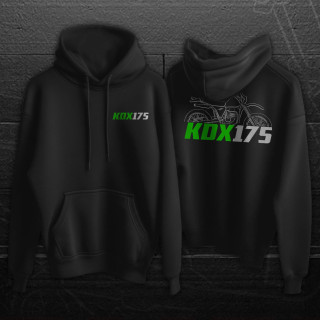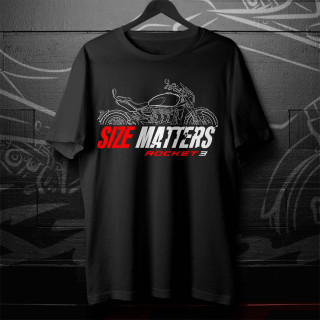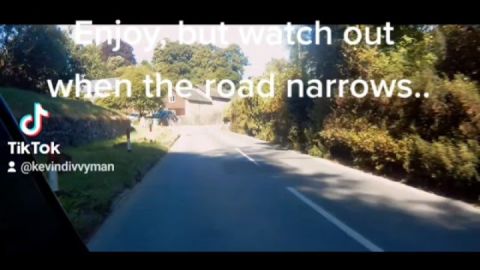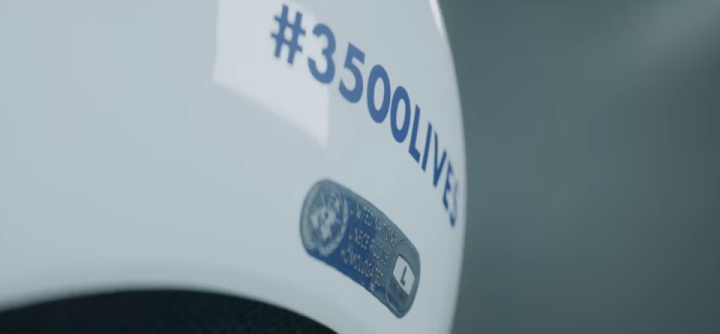It doesn't matter what you ride; if you don't take care of your bike, it won't last. Like other vehicles we drive on the road, motorcycles have weekly, monthly, seasonal, and yearly tasks that must be done. Ignoring them, you will suddenly find yourself with a bike that doesn't run properly. At best, this could mean a planned day of riding gets canceled. At worst, it means the bike fails while riding, and you crash. Motorcycle riding is already dangerous enough, don't make it more precarious by slacking on your maintenance duties. Follow these 10 tips to ensure you properly take care of your bike.

Give It A Wash To Clean Away Dirt
The first step in your maintenance routine should be to wash your motorcycle. A clean motorcycle is a much easier one to inspect. Dirt, grease, and grime can hide potential issues. Dirt and grime can cause your bike's parts to corrode and degrade faster. This creates more problems than necessary for you and your bike. To wash your motorcycle, use a vehicle-safe soap and place your bike in a shady spot. Rinse the bike, and then use a soft cloth or sponge to clean the bike with your soapy water mixture. Finish by rinsing the bike clean and then drying it.
Check The Tires For Pressure And Wear
Your motorcycle tires change in air pressure based on various factors. Occasionally checking your tire pressure ensures your bike operates safely on the road. Start by checking the front and back tire pressure. Confirm the ideal tire pressure printed on the tire and written in your owner's manual. Tire pressure that is too high will reduce the tire's contact with the road. Too less pressure will create too much contact. Too little contact reduces grip and stability, and too much contact reduces fuel economy and increases drag. While adjusting your tire pressure, look at the tire's condition. It should have plenty of tread and show no signs of damage. Finally, never use car tires on a motorcycle because they are not designed to use while leaning.
Drain And Change The Oil And Filter
Like your daily driver, your motorcycle needs to have its oil and filter changed. Check your owner's manual to know how often and what type of oil to use. To make things easier, change the oil when the engine is warm but not hot. You want the oil to flow out easily but not let it be so hot that you burn yourself. Typically, the oil drain is located on the bottom of the bike. After the oil drains out, replace the filter. Then you are free to replace the oil plug and add new oil. Finally, start the bike and let it run, checking for leaks.
Replace The Battery When It Dies
How often you replace your motorcycle battery depends on where you live, how often you ride, and the quality of the battery you buy. Low-quality batteries are cheaper to purchase but require replacing more often. Living in extremely hot or cold climates puts extra stress on the battery, shortening its useful life. If your bike is having trouble starting, your battery might be dying. If you have a sealed battery, you don't need to perform any maintenance on it. If you have a traditional lead-acid unsealed battery, you may need to add water occasionally. Be careful not to add too much water, or the acid in the battery could spill over while riding.
Check The Coolant Level And Top It Off
Checking the coolant is something you can occasionally do, but shouldn't require a lot of attention. Like a car engine, the coolant prevents your engine from overheating. Your bike probably has a reservoir that you can just look at. Always check the coolant when the bike is cold to get an accurate reading. The level should be between the minimum and maximum line. In some situations, you may need to change the coolant. To do this, locate the durian plug and wait for it all to durian out. Then replace the drain plug and refill with new coolant. Check your owner's manual for the correct formulation of coolant that you should use.
Replace The Brake Pads When Worn
The bake pads are what create contact friction to give you stopping power. Without them, you are on a two-wheeled rocket with no way of slowing down. Changing your motorcycle brake pads every 20,000 miles is a good rule of thumb. However, this can vary greatly depending on the quality of brake pads you use and your braking habits. Someone who heavily uses their brakes will have to change their brake pads more often. Additionally, always check the front and back brake. People tend to use one more heavily than the other. If you have experience, this is easily a DIY project, but if not, it is best to have a professional mechanic do the job.
Look At The Cables For Lubrication And Condition
Take a look at the front of your bike, and you will see cables that connect the levers to other components in the bike. These have oil or grease that allows them to move smoothly. Over time, they can dry out, which hinders their performance. You also need to check their physical condition. Frayed or cut cables will eventually fail on you as they become weaker and eventually break completely. If this happens, your becomes inoperable. Thankfully, under normal riding conditions, you should not have to worry too much about your cable fraying or getting cut. Check the cables for the clutch, brakes, throttle, choke, and anywhere else you may see them.
Tighten And Lubricate The Chain
Your chain needs to stay clean and lubricated to prevent additional wear and tear while also ensuring smooth operation. Unfortunately, this can be difficult because the chain is exposed to road dirt and grime. Modern chains have an O-ring setup that requires less maintenance, but it still requires you to check it. First, use a gentle bristle brush to clean the links in the chain. It helps to put the bike in neutral and elevate the bike tire to make this job easier. Once clean, lubricate the entire length of the chain. Let it sit, wipe off excess, and then take a short ride to ensure even distribution.
Change The Spark Plugs When Worn
This is not a major issue for newer bikes because technology has progressed. However, older bikes can have higher spark plug maintenance requirements. There are many spark plug configurations, and which one your bike uses will change how often you need to replace them. The spark plug is what provides the spark to ignite the air and fuel mixture in the combustion chamber. Over time, the gap widens, and the spark plug misfires. So if your bike is not running the way it used to, sounds funny, or lacks power, it could be time to replace the spark plugs.
Replace Or Clean The Air Filter
The air filter cleans the air that goes into the engine's combustion chamber. If it gets too dirty or clogged, then it won't effectively allow air to flow through it while cleaning. Changing the air filter can be time-consuming depending on your bike setup. Sometimes it is easily accessible, and sometimes it requires you to dismantle the entire bike to get to it. Once you locate the airbox on your bike, you can remove the old air filter. If you have a washable one, then clean it and allow it to dry before putting it back. Otherwise, you need to remove and throw away the old filter and replace it with a new one.
Credit: topspeed
































